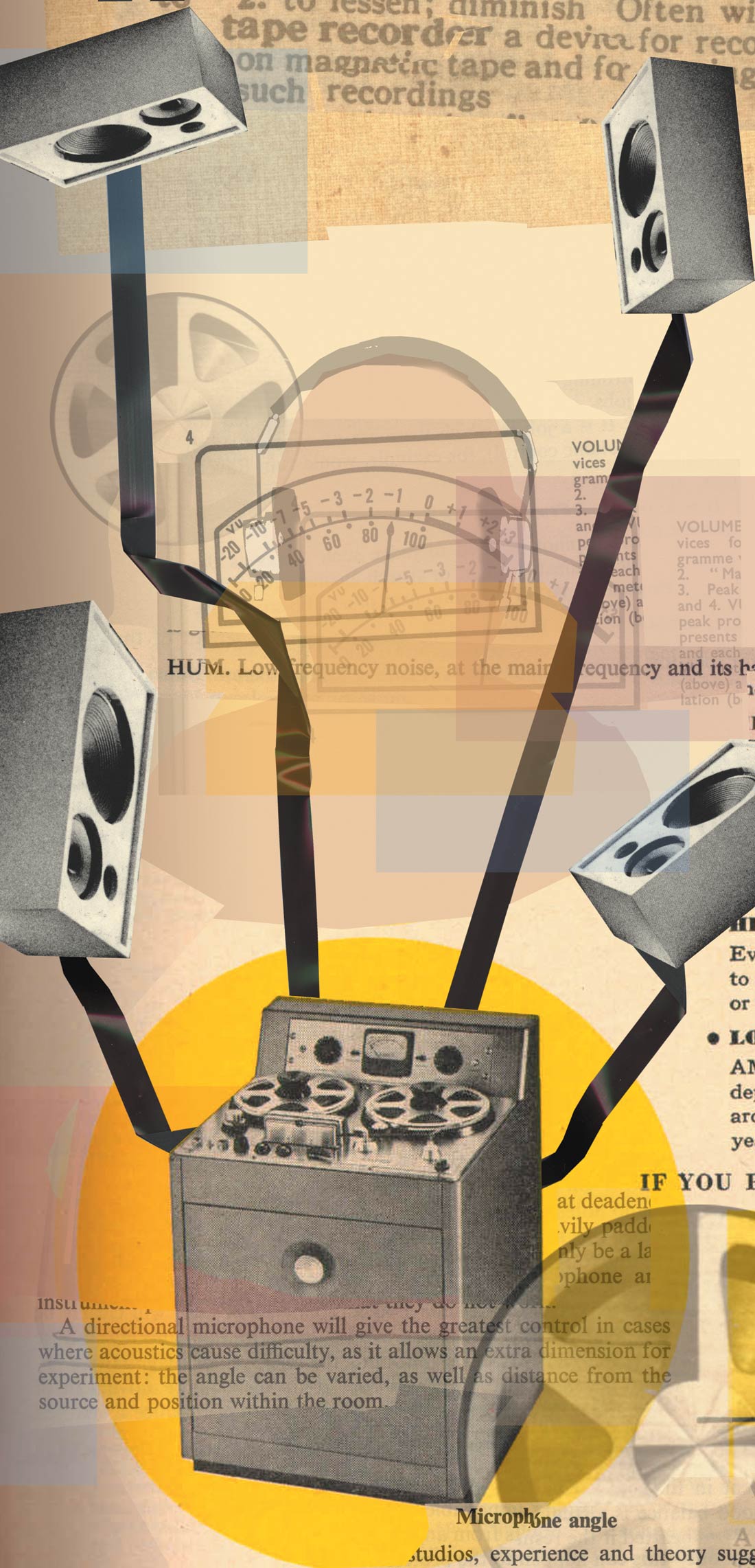Authoring a DVD-A has never been more accessible than with Minnetonka's DiscWelder STEEL ($495 MSRP, reviewed here) or CHROME ($2495 MSRP). Both are as easy to use as your favorite CD burning software. Simply drag and drop any combination of stereo or surround files into their respective folders, the name of which is automatically integrated into an on-screen menu. Whatever is not addressed in this review can likely be answered by saying, "STEEL is the plain vanilla authoring tool and CHROME is tutti frutti!" The primary purpose of STEEL is to make hi-res stereo and multi-channel audio discs that are playable on consumer equipment. It is also possible (though not tested for this review) to create a Master DVD-A disc from STEEL for replication purposes. STEEL accepts PCM WAV and AIFF files. There are no imaging options except for the title page and its default background. CHROME has more aesthetic and technical finesse, including the ability to import Meridian Lossless Packing (MLP) encoded files. I think both tools will go a long way toward making DVD-A a convenient and respectable archiving format. FYI, Minnetonka Audio Software is also the source for stand alone Dolby AC-3 and DTS software encoders.
My journey began by installing a Pioneer A-04 DVD burner (recommended by Minnetonka, approx $400 street) and the STEEL software to a dual-Celeron PC running Windows 2000. Easy! DiscWelder STEEL opens quickly, ready to do business. A jazz-trio recording I made last summer was chosen as the source material. The session was recorded multitrack to Pro Tools, mixed on the fly via a Yamaha DM-2000 mixer to a pair of tracks on a Fostex DV-40 at 24-bit, 88.2 kHz. An Audio- Technica stereo shotgun mic (in M/S mode) was placed at the second floor balcony and connected to the DV-40's analog inputs through a Great River MP-2X transformerless mic preamp for the rear channels. File transfer from DV-40 to my aged PII-450 workstation was via Ethernet. Cool Edit Pro 2.0 opened and slowly extracted four WAV files from a single 1.2 GB embedded file that contained three songs, five-minutes each. The raw 88.2 kHz tracks were labeled and saved, but playback was not an option because the converters attached to Mixtreme (the soundcard) do not support sample rates above 48 kHz. (See wish list below.) Initially, copies of the files were downsampled to 44.1 kHz. The "balcony" tracks were decoded from M/S to stereo using a TC Reverb plug-in (for Soundscape) to add a 10 ms pre-delay and reverb.
So excited was I to burn a DVD-A that the manual was never opened. After the first test was successful, I then created a disc with two versions of the three songs in hi- res 88.2 kHz stereo and the 4-channel versions at 44.1 kHz. In addition, I also transferred a DTRS Test Tape created for 5.1 system calibration. Burn on! DVD Burning is neither real-time nor faster than same. It's a good excuse to take a break and make a latte, as I often do. On playback, the JVC XV-SA70 had no problem with the hi-res tracks - that is, no dropouts nor stuttering - although there were problems with the 4-channel 44.1 kHz mixes that seemed to be player issues. On closer listen, I noticed a little "zing" in the top end on all tracks, which turned out to be the JVC's converters. I confirmed this by playing two copies of a CD, one through the DVD player and the other through a Technics CD player feeding a reference converter (an early version of Crane Song's HEDD). The difference was day and night, which proves that the ability to translate a high- resolution file does not simultaneously imply a high standard of reproduction. The XV-SA70 lists for $435.
WISH LIST: STEEL is easier to navigate than a DVD Player, whatever code magic was required to make that happen is transparent to the user and much appreciated. My wish list is simple and yet relies on hardware outside of the realm of Minnetonka's responsibility. Keep in mind that these programs were just released in Fall 2002, and so some catch up is naturally required. My first request is for a standalone DVD-A software player to confirm that the disc is playable and functional via video menu. This requires a sound card that supports sample rates up to 192 kHz. Such hardware is already available. See examples at www.lynxstudio.com and www.egosys.net. Also, the Creative Labs Audigy-2 card and software that includes a software DVD-A player should be available by the time this review appears. The second wish is for error-rate reporting to confirm the media is not half- baked. (STEEL will verify the data after burning if this option is selected.) Minnetonka tells me that the next generation of DVD burners should allow them to hook into that area of the DVD playback hardware.
Suffice it to say, I couldn't be happier with STEEL as it now allows me to create playable archives of high- resolution recordings. And while the DVD-A format requires a compatible player, the prices are reasonable and the functionality of the new hardware is quite sexy. The JVC player, for example, can play Region-2 (PAL) discs as NTSC video. My first experience with DVD and surround was in 1998. The mixes were disappointing enough that I was inspired to set up a system and take a whack at it. This led to an industrial mix for Price Waterhouse Coopers and a visit to an authoring facility. When asked what it might cost to burn a few rough mixes to DVD, their response was a mere $15k obstacle in my path to sonic nirvana, using Dolby AC-3 (a lossy compression algorithm). A lot has happened since then. Minnetonka's DiscWelder STEEL allows you to burn a no compromise DVD-A with no compression, on media that is less than one-tenth the cost it was four years ago. Yippee! Now I gotta get all my friends hip to DVD-A. (www.minnetonkaaudio.com)




_disp_horizontal_bw.jpg)